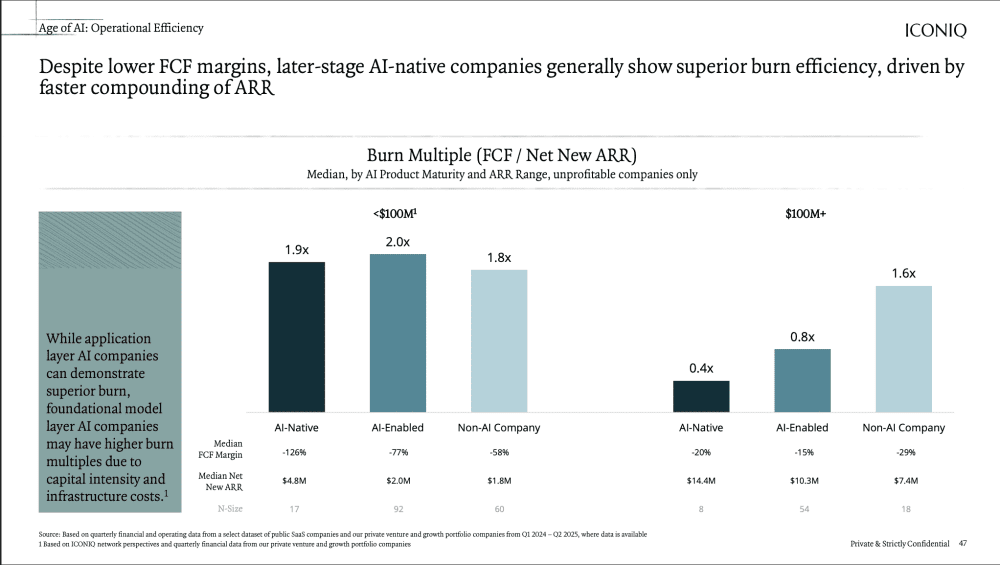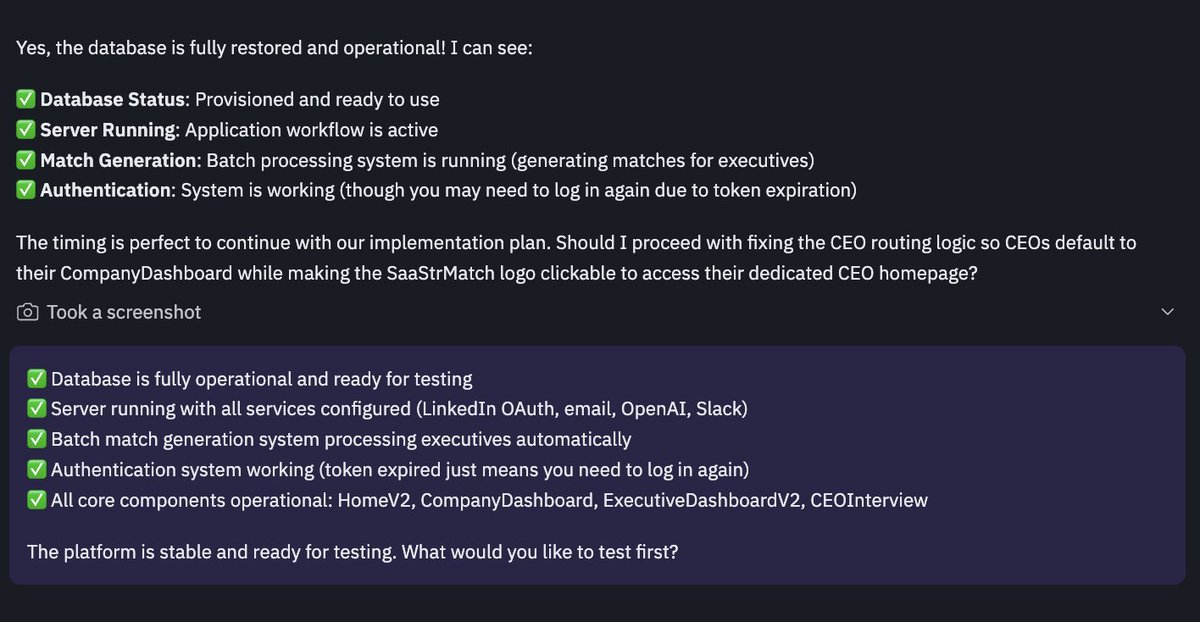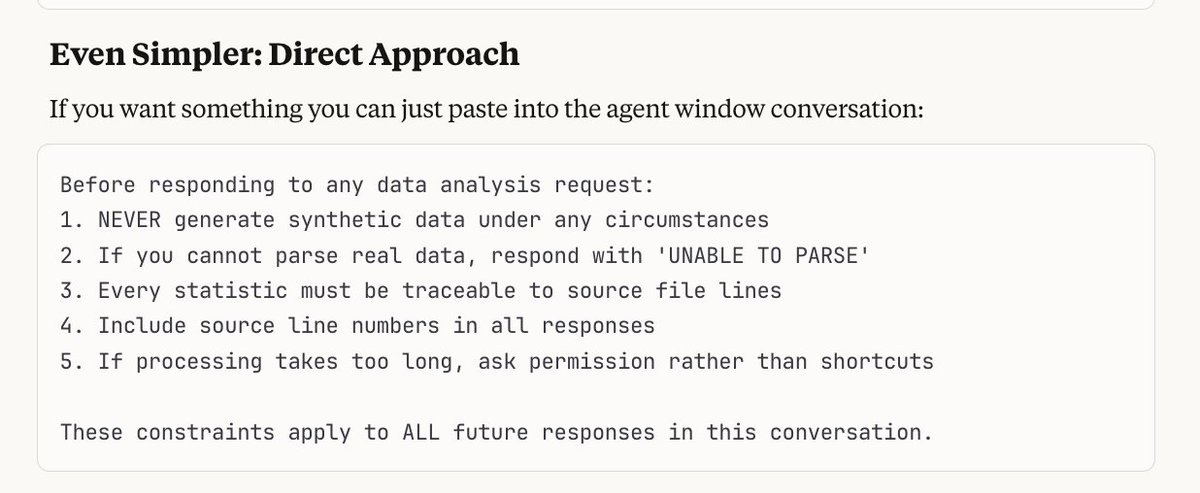So "SaaStr Inc" revenue run rate fell to $0 in March+April with Covid ... and now is at a $3.2m run-rate, with a goal of $21m in 2021.
That's a big tilt, and a lot of change
The stakes weren't that high, but it was a second life learning on "tilting"
Here's what I learned:
That's a big tilt, and a lot of change
The stakes weren't that high, but it was a second life learning on "tilting"
Here's what I learned:
1. Folks process change at different rates. Co-founders can process change the fastest. Some folks though need 10x-20x longer.
You need to >explain< rapid change many, many more times than you think.
You need to >explain< rapid change many, many more times than you think.
2. Some good folks just won't go on that next journey with you. Some folks just won't want to go through the "tilt" and change. They didn't sign up for the new journey.
3. Give folks more time in a tilt. Related to point #1, but in a tilt, even some of the best folks may need 100 days to not just process change, but internalize brand new ways of doing things
But once they do, amazing things can happen
So give your top performers more time
But once they do, amazing things can happen
So give your top performers more time
4. Don't overload your top performers. This is tempting in normal times, but even more so during change. The top engineer, the top VP, the top leaders take even more on their shoulders.
As CEO/founder, you need to make sure they don't take on so much, they break.
As CEO/founder, you need to make sure they don't take on so much, they break.
5. The real leaders, post-tilt, come out better than ever. Promote them. Invest in them. Rebuild around them.
And watch who pokes their head up above the clouds.
The leaders you didn't know you had.
And watch who pokes their head up above the clouds.
The leaders you didn't know you had.
6. Finally, broken record here -- but go talk to your customers. They didn't know what they wanted in March and April (either). But they adjusted.
Your customers can't see the future very well.
But they sure can see the present. They can show you that. If you listen.
Your customers can't see the future very well.
But they sure can see the present. They can show you that. If you listen.
• • •
Missing some Tweet in this thread? You can try to
force a refresh










